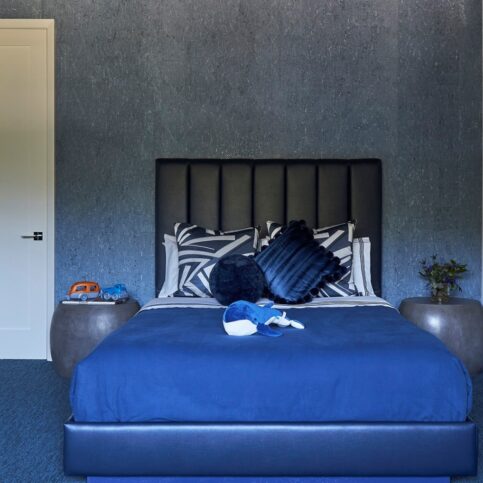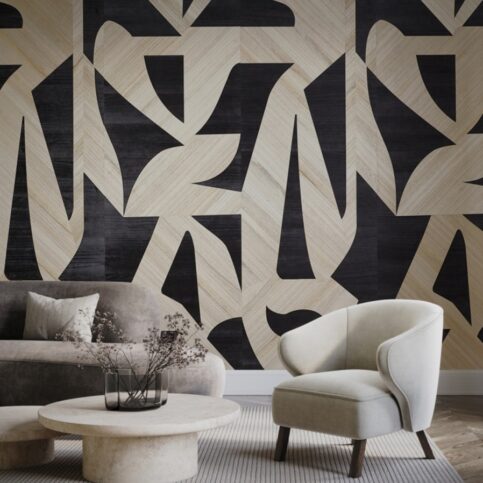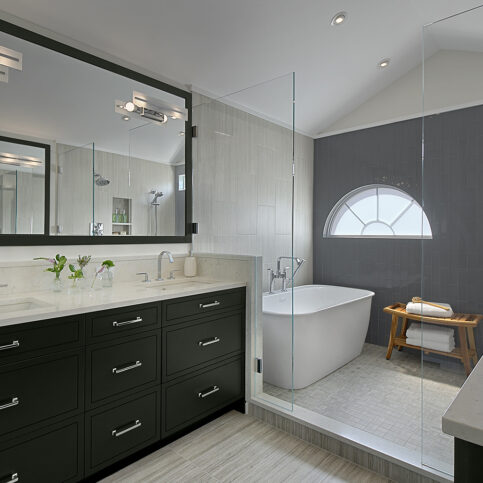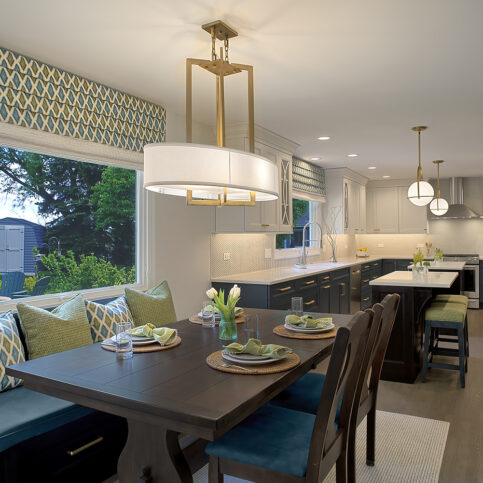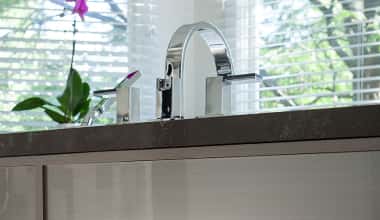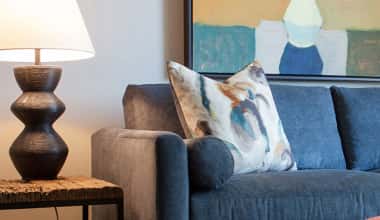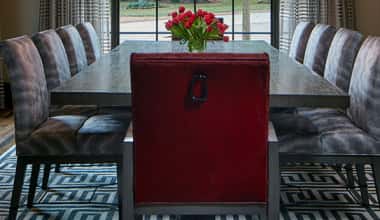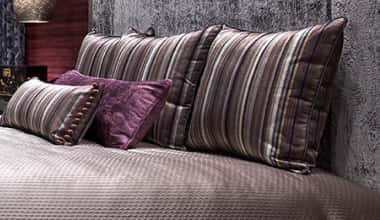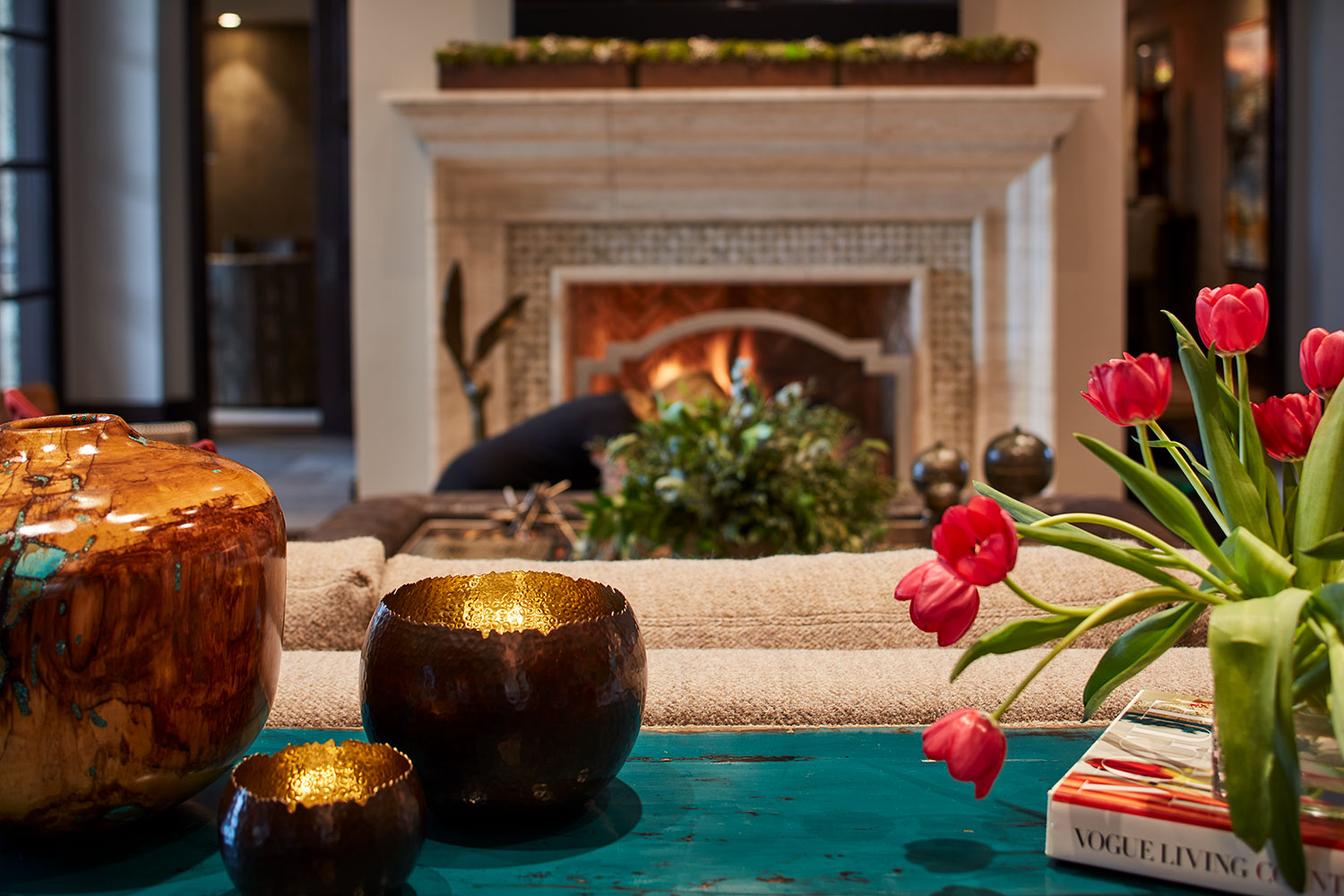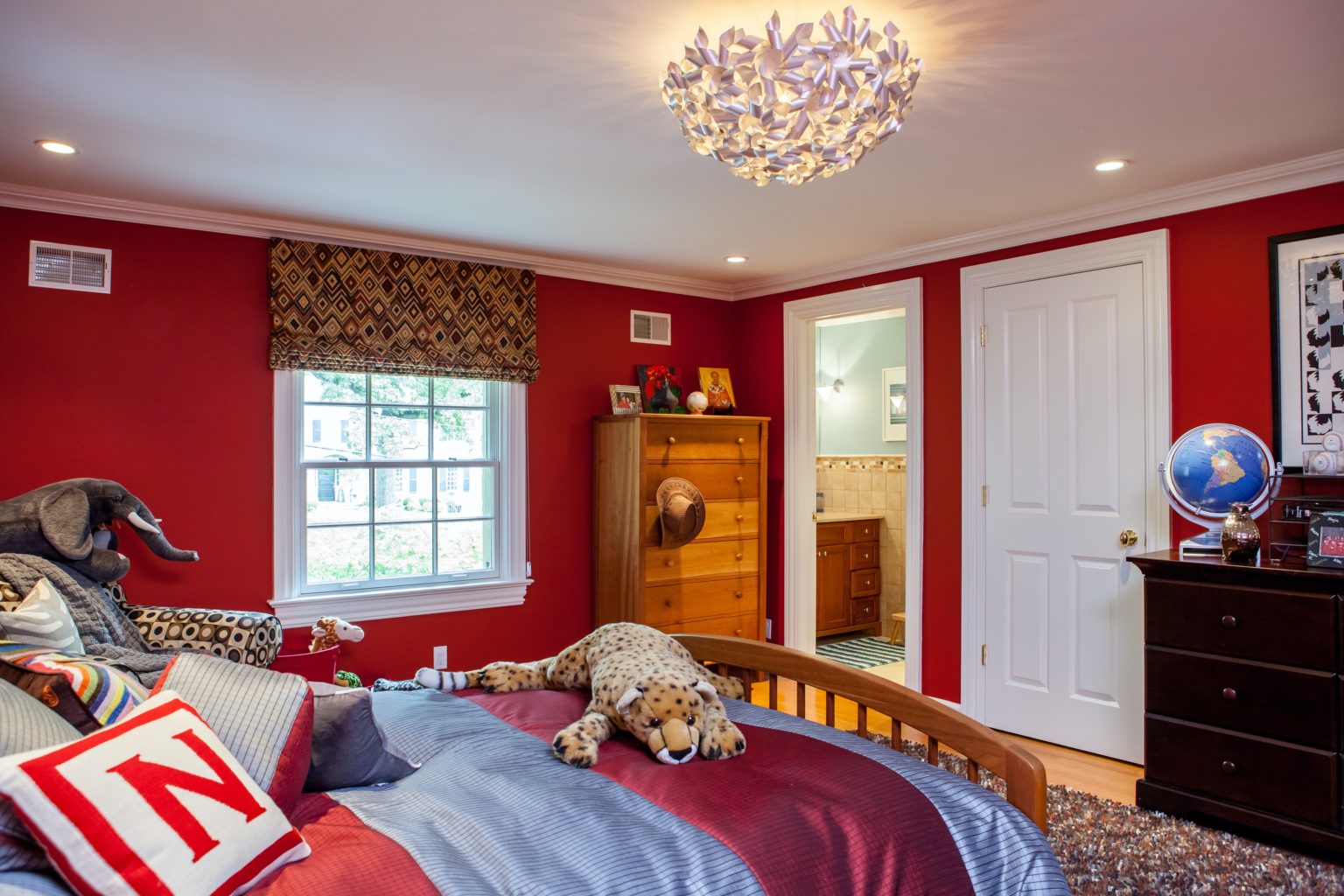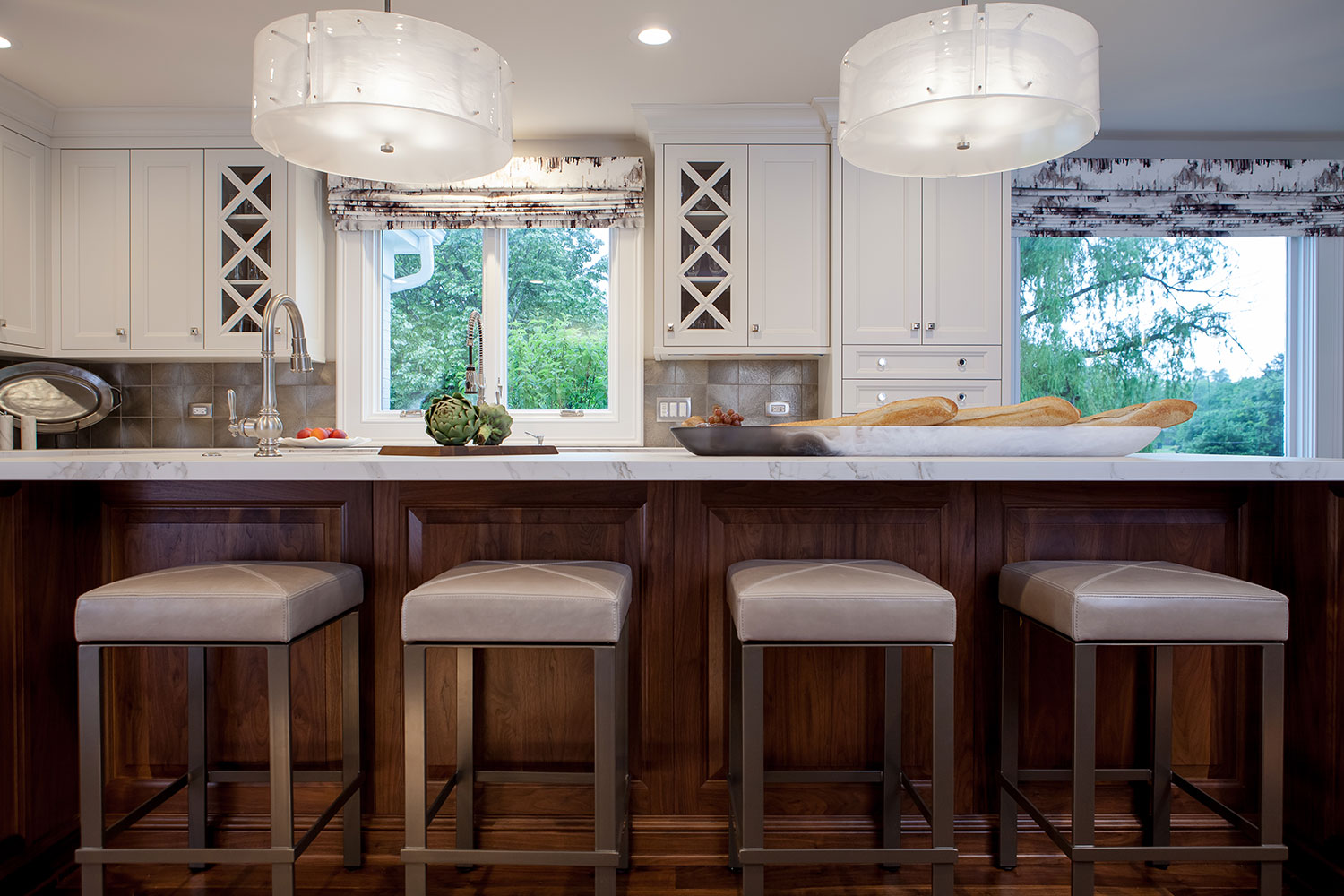
Lately I’ve been thinking of myself as “The Little Engine That Could.” Why? Because even though I have a small firm, for every project I undertake I am like an economic engine pulling dozens of businesses - like trains cars - behind me. That ripple effect in the economy is going to be vitally important as we recover not only from the corona virus but its financial impact. The work I do helps support many, many businesses, most of them based in the United States, which in turn provide jobs for a lot of Americans.
By the Numbers
I do love numbers, and I found some interesting statistics from a 2016 CHMURA Economics & Analysis report on the design industry: The total annual economic impact of the interior design sector in the United States, including its ripple effects, is estimated at $96.3 billion, supporting more than half a million jobs. That number includes not only interior design industries, but occupations in related industries such as retail and construction. This economic train is miles long!
For the kitchen and bath project featured in this blog, I worked with 20 furnishings vendors representing dozens of skilled workers who produced just this client’s selections – cabinets, flooring and window treatments plus countertops, faucets, fabrics, appliances, light fixtures and hardware. I am proud to say that I am a staunch advocate of buying American when possible. In the photo above, the walnut-finished flooring is constructed by New Hampshire-based Carlisle Wide Plank Flooring. The cabinets were built by Bona Fide Corp in Wheeling and the opaque, white glass pendants over the island are designed and built by Hammerton of Utah. Bravo to our American tradespeople. The fabric for the kitchen window Roman shades is from Romo of Ohio.
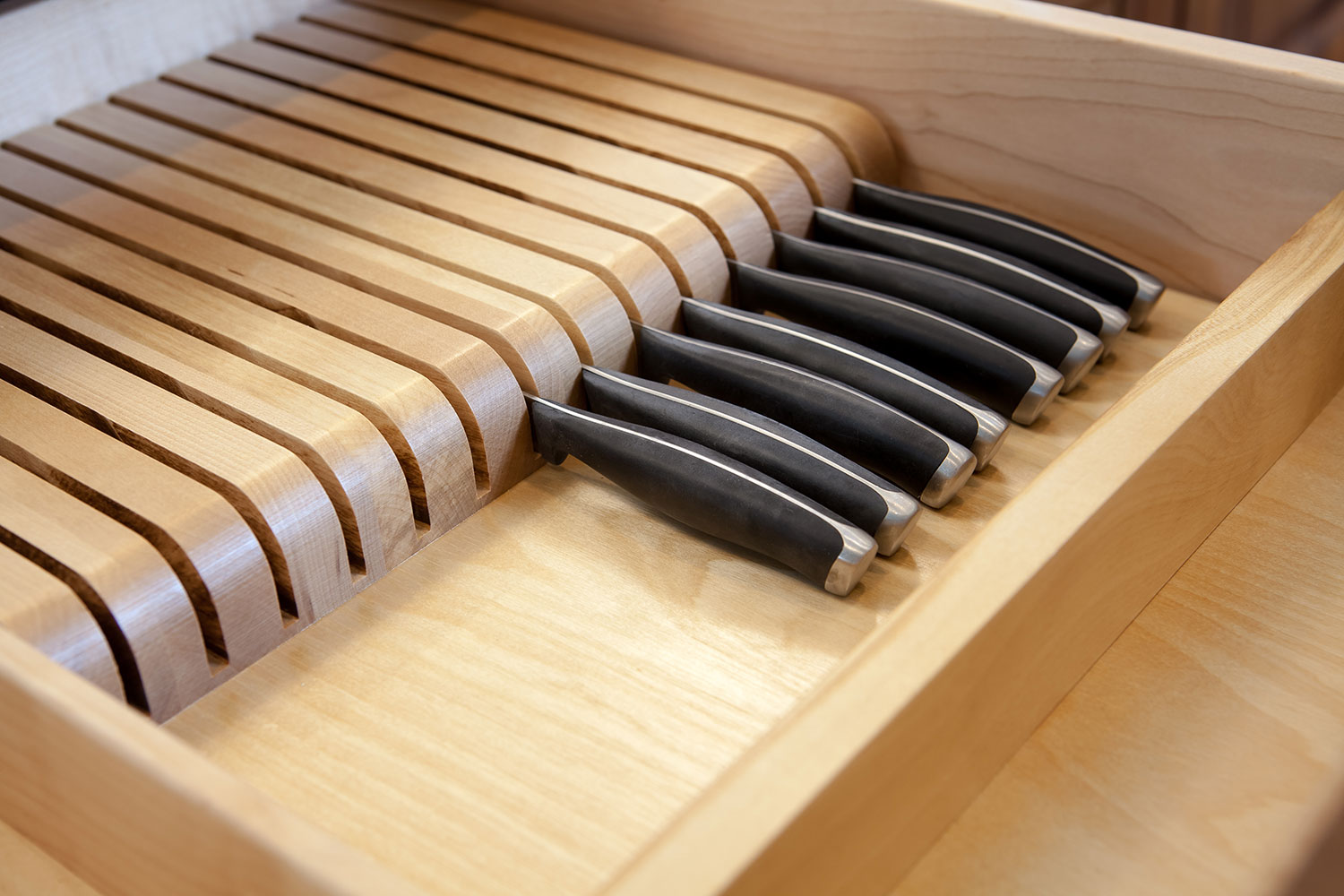
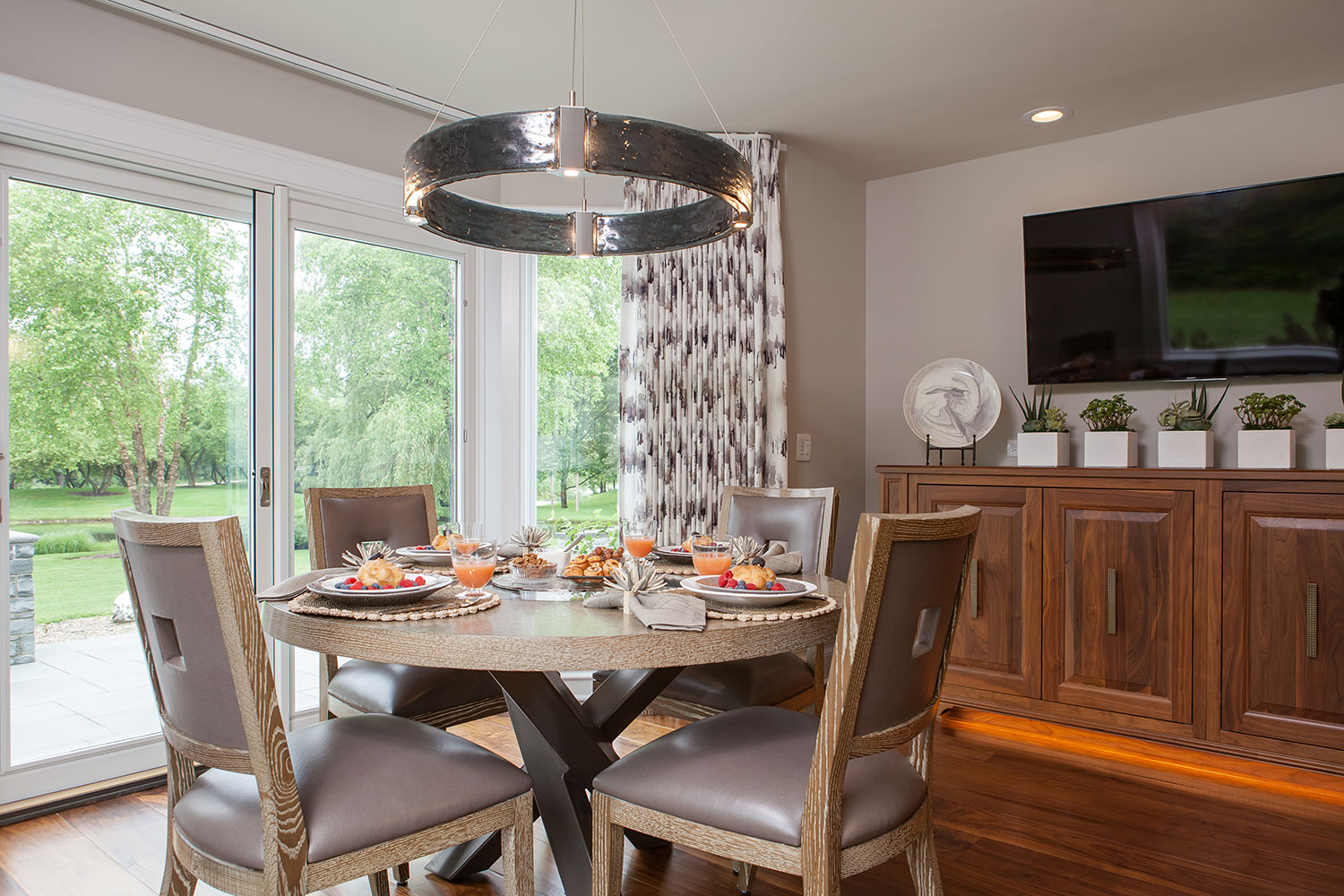
Boosting Tax Revenue by More Than a Billion Dollars
Just think of all the people who may be involved in a design project, starting with the interior designer and her staff, the architect, drafters, contractors, electricians, plumbers, carpenters, painters, furniture builders, carpet and light fixture manufacturers and a small army of others. CHMURA reports that from all interior design related jobs, payroll tax totaled $1.8 billion, and corporate income tax added another $399 million in federal tax revenue in 2016. The interior design sector generates significant economic impact in state economies as well, and sizable tax revenue to the state governments. That’s great news.
American-Made Table and Chairs
Adjacent to the kitchen in the first photo, the white oak dining table and chairs in this eating area above are from California-based Berman Rosetti. Owner Gennaro Rosetti told me that each of their products is constructed in their Los Angeles factory by skilled American craftsmen, even though it would be easier and more profitable to contract out the work overseas. The company uses predominantly white oak, black walnut and maple grown in the U.S. by American firms that are actively involved in the sustainability of this valuable resource.
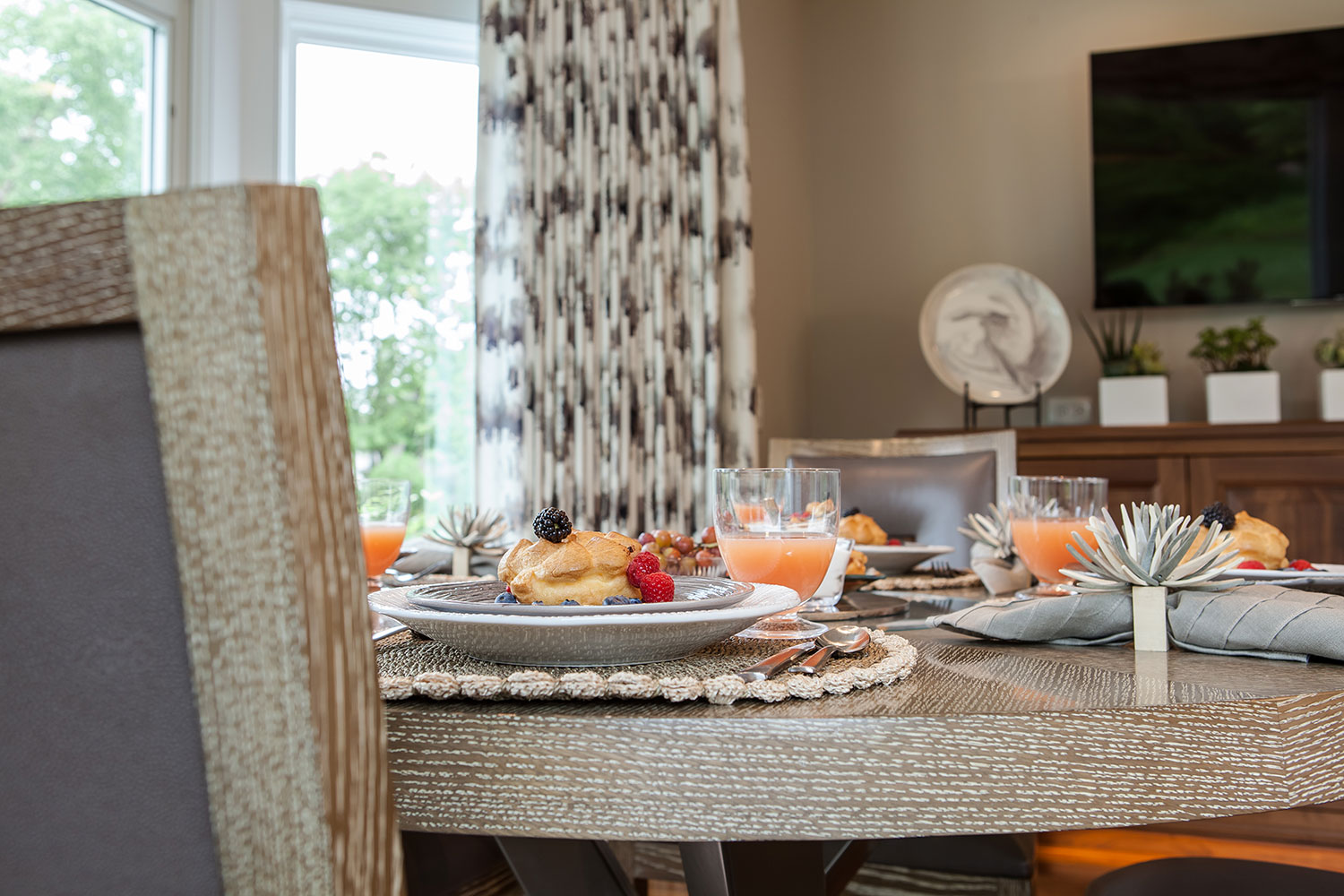
Gennaro told me that nine people are involved in the making of a single piece.
- Gennaro draws the design and reviews it with the specific craftsman
- Jake approves the wood grain for pattern and appearance before it is cut.
- A craftsman constructs the piece with assistance from an apprentice.
- A sander smooths the piece in preparation for finish
- A master finisher applies a low-VOC finish approved by the AQMD (Air Quality Management District).
- A finish helper hand-rubs the finish.
- The craftsman assembles the piece.
- Two inspectors examine each piece before shipment.
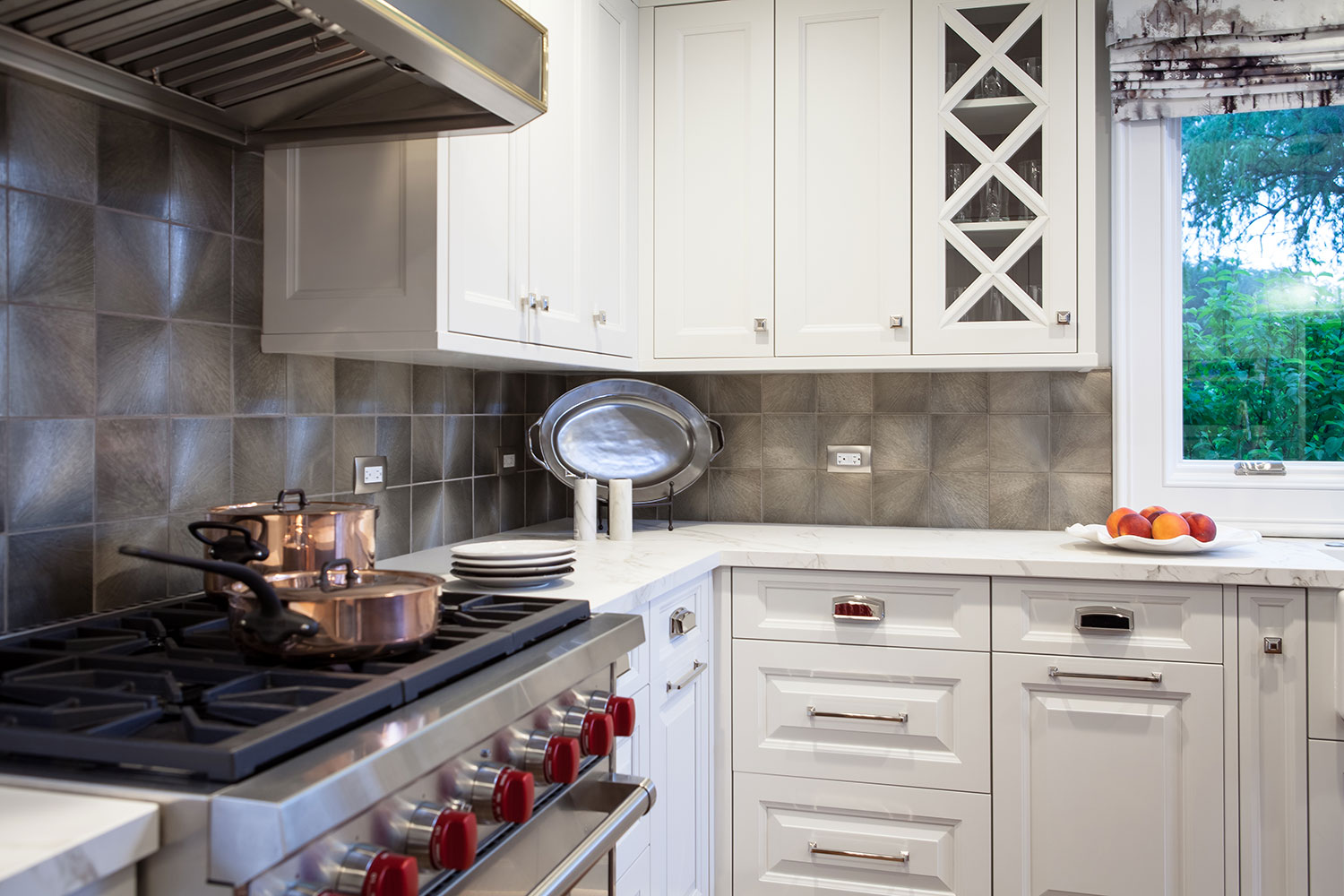
Isn’t it nice to know that this impeccably engineered Subzero-Wolf range is made in America? In fact, the company’s products are built in their own Wisconsin and Arizona facilities. I can imagine that at least a dozen people were involved in building and shipping that single unit, maybe more. Even better, Subzero-Wolf is committed to sustainability. More than 75 percent of the stainless steel and up to 50 percent of plastic in their refrigerators are recycled materials. Each year the company recycles more than 550 tons of scrap. Imagine that much scrap in a landfill! More than 30 of Sub-Zero appliances have earned Energy Star ratings for energy efficiency, too. As an interior designer dedicated to sustainability, eco-friendly materials and manufacturing processes are very important to me. Check out this recent blog on Eco-Friendly Mattresses.
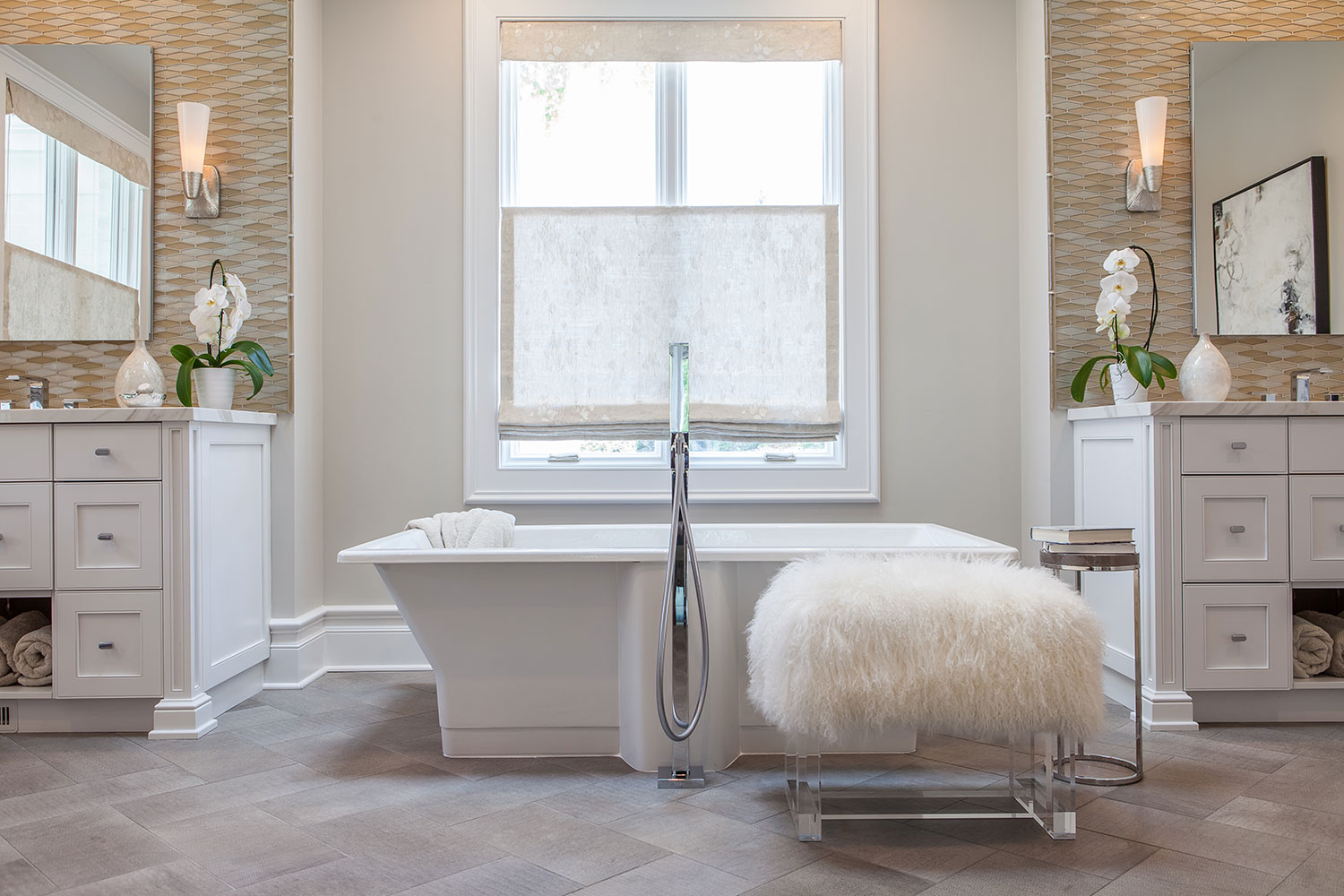
American Workmanship Second to None
My clients know that I am a perfectionist when it comes to quality workmanship. I won’t accept anything less than the best, and the local tradespeople I employ deliver. After more than 30 years as a designer, I have developed a priceless directory of trusted, skilled workers who I can count on to handle the kind of high-level design I require – intricate tile installations, precision finishes and specialty wall treatments. Those resources are a valuable part of the services I provide, and one of the reasons my clients come to me. The fit and finish of this master bathroom is impeccable. Notice the perfect balance of the two vanities – you might think you were looking at a mirror image – as well as the meticulous installation of the tiles and mill work. To accomplish that level of workmanship I needed carpenters, tile installers, plumbers, electricians and painters. The vast majority of elements for this space were supplied by American companies, including Kohler for some of the plumbing supplies, Tithof Tile and Marble in Kenosha, WI, which manufactured the countertops and Kelly Kelly Wearstler in California for the sconces. In addition to the kitchen cabinets, I contracted again with Bona Fide in Wheeling again for the cabinets.
Pulling That Train
If I’m the “Little Engine That Could,” then my train is red white and blue. Yes, I am a dedicated “buy American” gal, and proud of it. Our clients can feel confident too that they are helping to support American workers and companies when they collaborate with Michelle’s Interiors. If we pull together, we can make a difference.
